Pugh, Pugh, Barney McGrew, Cuthbert, Dibble and Grubb – Just as Captain Flack’s roll call bought the Trumpton’s fire brigade to attention, so should the new fire safety regulations capture the attention of freeholders / RTM Directors and leaseholders. The new regulations require regular checks on fire doors, all under the auspices of the Fire Safety (England) Regulations. These regulations came into force effective 23rd January 2023. This is following recommendations made within the Grenfell Tower Inquiry, which found catastrophic failure of self-closing devices on flat entrance doors was a major contributing factor to the rapid loss of compartmentation in the Grenfell Tower.
The law will put the onus on the responsible person. If the lease makes the freeholder/RTM company responsible for safety of maintenance of common parts, they will be responsible for complying with these requirements.
Buildings between 11 meters and over:
The Regulations make it a legal requirement for responsible persons for all multi-occupied residential buildings to:
- undertake quarterly checks of all fire doors (including self-closing devices) in the common parts; and
- undertake – on a best endeavour basis – annual checks of all flat entrance doors (including self-closing devices) that lead onto a building’s common parts.
The regulations will also require responsible persons to provide to residents of all multi-occupied residential buildings with two or more sets of domestic premises (that have common parts) information on the importance of fire doors to a building’s fire safety.
The minimum requirement for the quarterly checks is for the responsible person to undertake an inspection of the doors, to identify any obvious damage or issues. It should not be necessary to engage a specialist for these checks, as the responsible person should be able to carry out these checks themselves. There are several useful guides available online which can support a responsible person in undertaking checks.
A responsible person should consider:
- if there has been any alterations or damage to a door’s glazing apertures or air transfer grille
- if there are any gaps around the door frame and that seals and hinges are fitted correctly
- that the door closer shuts the door
- that the door closes correctly around the whole frame
- that there is no visible damage (either deliberate or from wear and tear) to the door or door closer
If any issues are identified from these checks, it might be appropriate to undertake more detailed checks of doors (or the self-closing device) if any damage is identified from the initial inspection. This could include engaging a specialist.
Buildings below 11 meters:
The regulations do not replace the existing duty for a responsible person to put in place general fire precautions in any premises covered by the Fire Safety Order, regardless of the building’s height.
The Fire Safety Act 2021 has clarified that in any residential building which contains two or more sets of domestic premises are within the scope of the Fire Safety Order.
Responsible persons for residential buildings below 11 metres in height have a duty to put in place general fire precautions in these buildings, this duty includes making sure that all fire doors – including flat entrance doors – are capable of providing adequate protection.
Responsible persons will also be required to provide residents in all residential buildings with two or more sets of domestic premises with information on fire doors.
This update is provided free of charge for information purposes only: it does not constitute legal advice and should not be relied upon as such. No responsibility for the accuracy and/or correctness of the information and commentary set out in the article, or for any consequences of relying on it, is assumed or accepted by any member of Wishtower or by Wishtower as a whole.




